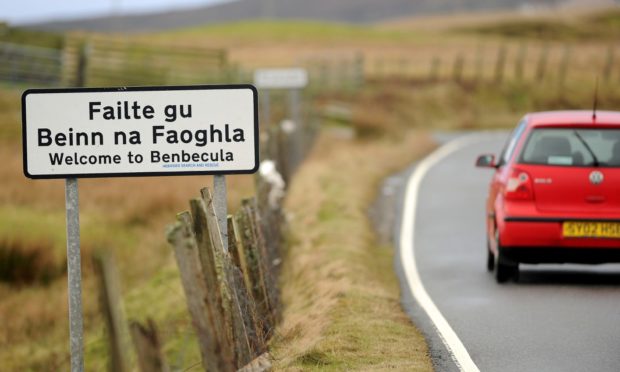Calls have been made to tackle fuel poverty which remains a “very real issue” in rural and island areas.
Government figures show that in 2019 an estimated 24.6% of all households were in fuel poverty with rates increasing in remote rural areas from 33% to 43% in a year.
Seven local authorities had significantly higher fuel poverty rates than the national average – including the Western Isles, Highland, Argyll and Bute, Moray, Shetland, Orkney.
The same areas were also among those with extreme fuel poverty rates.
Shetland MSP Beatrice Wishart said there needed to be “a needle-sharp focus” on tackling the issue with nearly one in three households in Shetland currently living in fuel poverty. She said Shetland also has more than three times the national average of homes which are deemed to be of the least energy efficient dwellings.
“Warm words don’t heat homes and the Scottish Government is still to make a serious dent in fuel poverty rates in Scotland.
“On top of all this the government still has its delayed strategy on tackling fuel poverty on ice. We cannot let this delay be used as an excuse to delay targeted funding for remote rural areas, where this problem is blatant and persistent.
“A serious new national insulation programme would be a good first step to tackling fuel poverty, reducing emissions and would create thousands of much-needed new green jobs.
“As we recover from the pandemic it is vital that fuel poverty is given a needle-sharp focus so people in Shetland are not choosing between a warm home or a warm meal.”
Western Isles MSP Alasdair Allan said the issue has “real human consequences”.
He said: “Measures like the recent £25 million investment in new social housing locally or the ongoing support to insulate hard to heat houses are having a positive effect.
“However a historic legacy of housing issues and an ageing population, combined with the UK Government’s recent changes to the benefits system and the impact on the economy of Covid continue to make fuel poverty a very real issue in the islands. “
A Scottish Government spokeswoman said it will publish its fuel poverty strategy later this year, setting out how it will meet fuel poverty targets.
“We remain committed to ending fuel poverty entirely, including in our island communities, and to implementing our Fuel Poverty Act which requires that our ambitious targets for reducing fuel poverty nationwide are also achieved within each and every local authority area.”
She said since 2013, Area Based Schemes, delivered by local authorities, have improved energy efficiency for more than 100,000 fuel-poor households.
“We recognise that the costs of delivering energy efficiency measures are higher in remote rural and island areas, and councils serving these communities can now provide free home improvements worth up to £14,000 to people in extreme fuel poverty.
“We also know that the cost of electricity remains a significant issue, particularly in rural and island local authorities, where there is a higher reliance on electricity for heating.”
She said the government has increased funding for the Scottish Welfare Fund and provided £15 million to councils to support people facing financial insecurity, including due to fuel costs. A further £16 million has been provided to improve the energy efficiency of people’s homes, and £7 million to support fuel-poor households.
